January 2010: Work Day!

We had an amazing turn out on Saturday's Work Day! The schools' parents came out in huge numbers and brought along tons of students. It was a great time!
Every time I stop and look around, I'm always reminded by how much learning can go on outside of classrooms. The garden isn't just a place for students to pull buffalo weeds. Rather, it's a science lab, a nutritional lesson, a collaborative group project, an insect zoo, and so much more. Here are some of the pictures and some lessons:
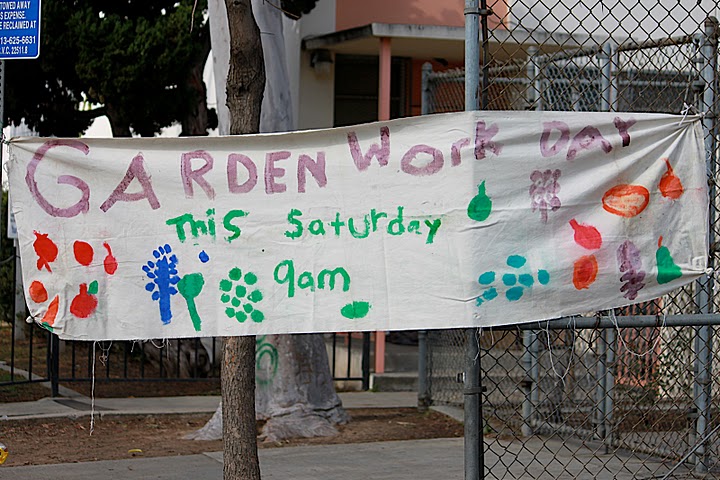
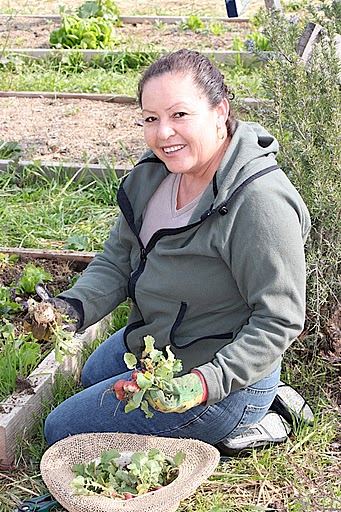
Lesson #1: Sustainable foods 101. Being able to pull up a radish, wipe down the soil, and start munching. It doesn't get fresher than that.
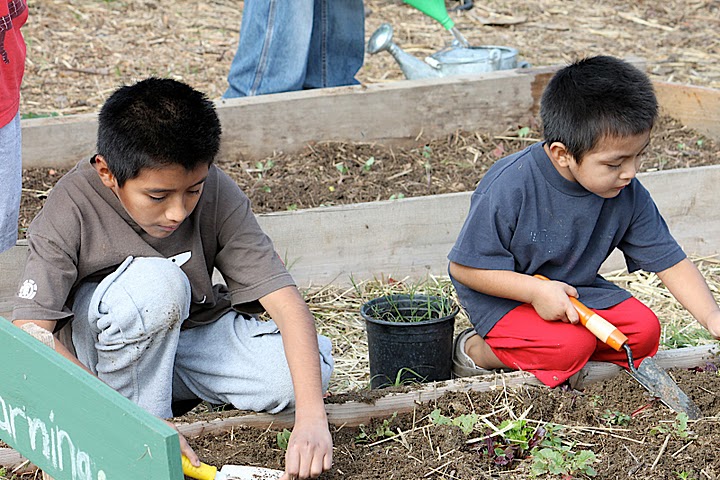
Lesson #2: Learning doesn't always just take place in books and tests. It can happen kinesthetically. For example, while weeding isn't the most glorious of tasks, students are still able to see, touch, and experience the different parts of the plants (ie: Weed) and understand that plants need different necessities to flourish. In this case, the students from our garden can always tell you that weed's roots take up the water from neighboring plants and it's leaves block the sunlight that it needs to survive. I'm pretty sure that meets multiple CA standards.

Lesson #3: Experiential learning, students discuss the different aspects about edible vegetables and healthy eating. They learn nutritional science and health education. Pictures above, the students are helping Root Down Under prepare the afternoon meal. Would they have learned this better by memorizing it for a test? I think not.
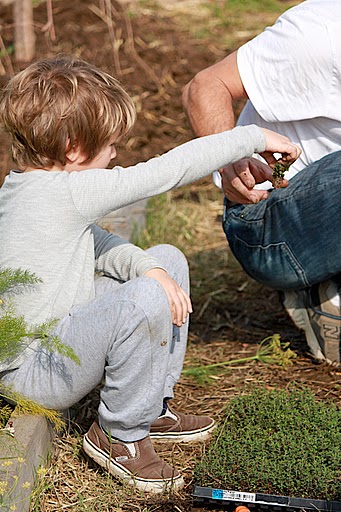
Lesson #4: In case it's not covered in the life science chapter, in the garden, students discover different organisms that help plant life grow. Sometimes, books can't always include the wonderful surprises in the soil.
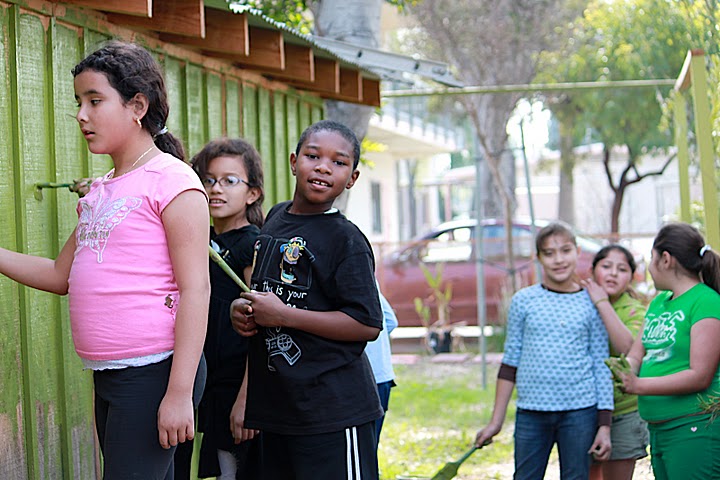
Lesson #5: When art education is replaced by testing, it's not often students get do something simple like hold a paintbrush and work collaboratively together on a project. Painting the back of a tool shed doesn't look like art, but it's a starting point for students who rarely have a chance to be inspired by paint to dip their brushes into luscious pails of lime green acrylic paint.

Lesson #6: It takes a community to teach a child. It's not just the responsibility of the teachers or the parents, but a whole village's duty to educate a child. Luckily for us, LA's such a huge community that our students get the support from all directions of the freeways, all cultures, and all walks of life. After all, that's what makes LA great, right?
It's amazing to watch the changes in the garden. It is becoming a wonderful space for the community to gather and educate. Thank you to all our volunteers!
(all pictures courtesy of Bruce Acme)


 Tuesday, February 2, 2010 at 04:12PM
Tuesday, February 2, 2010 at 04:12PM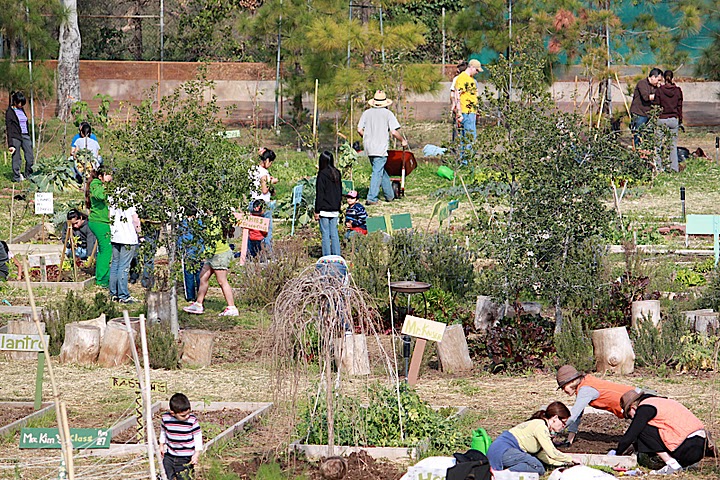

Reader Comments